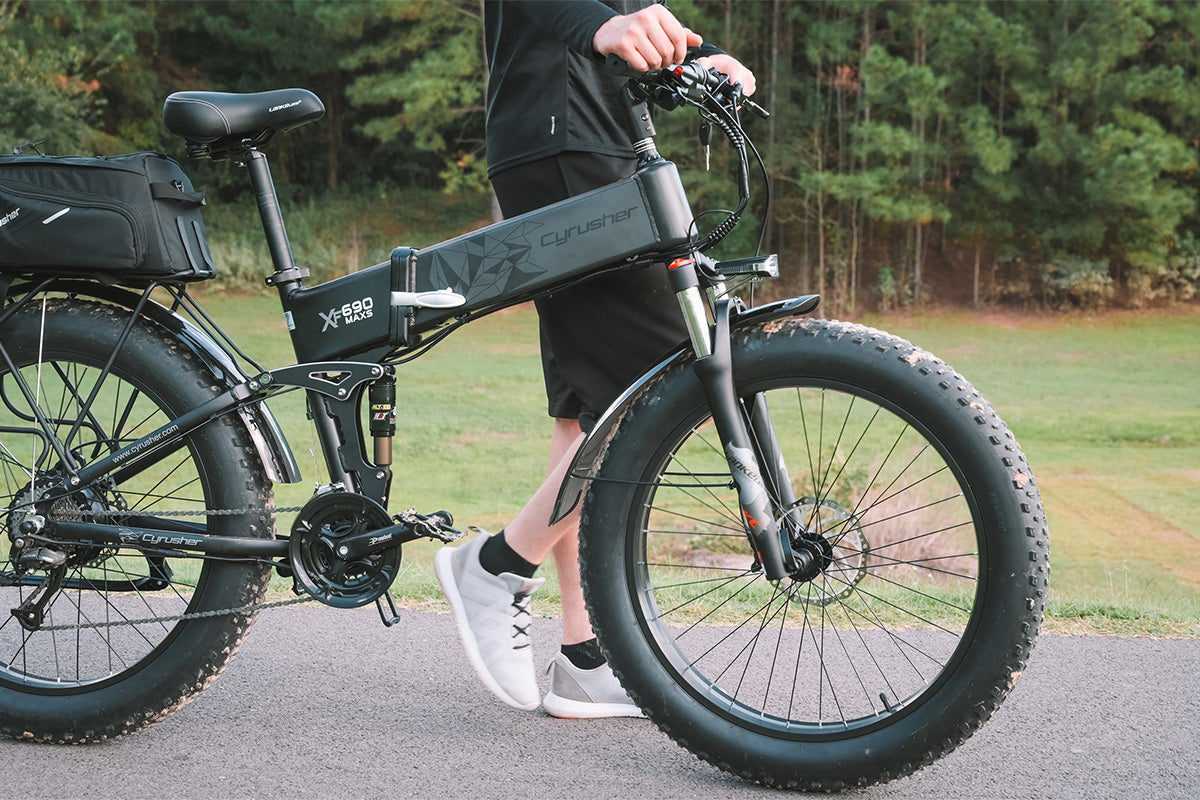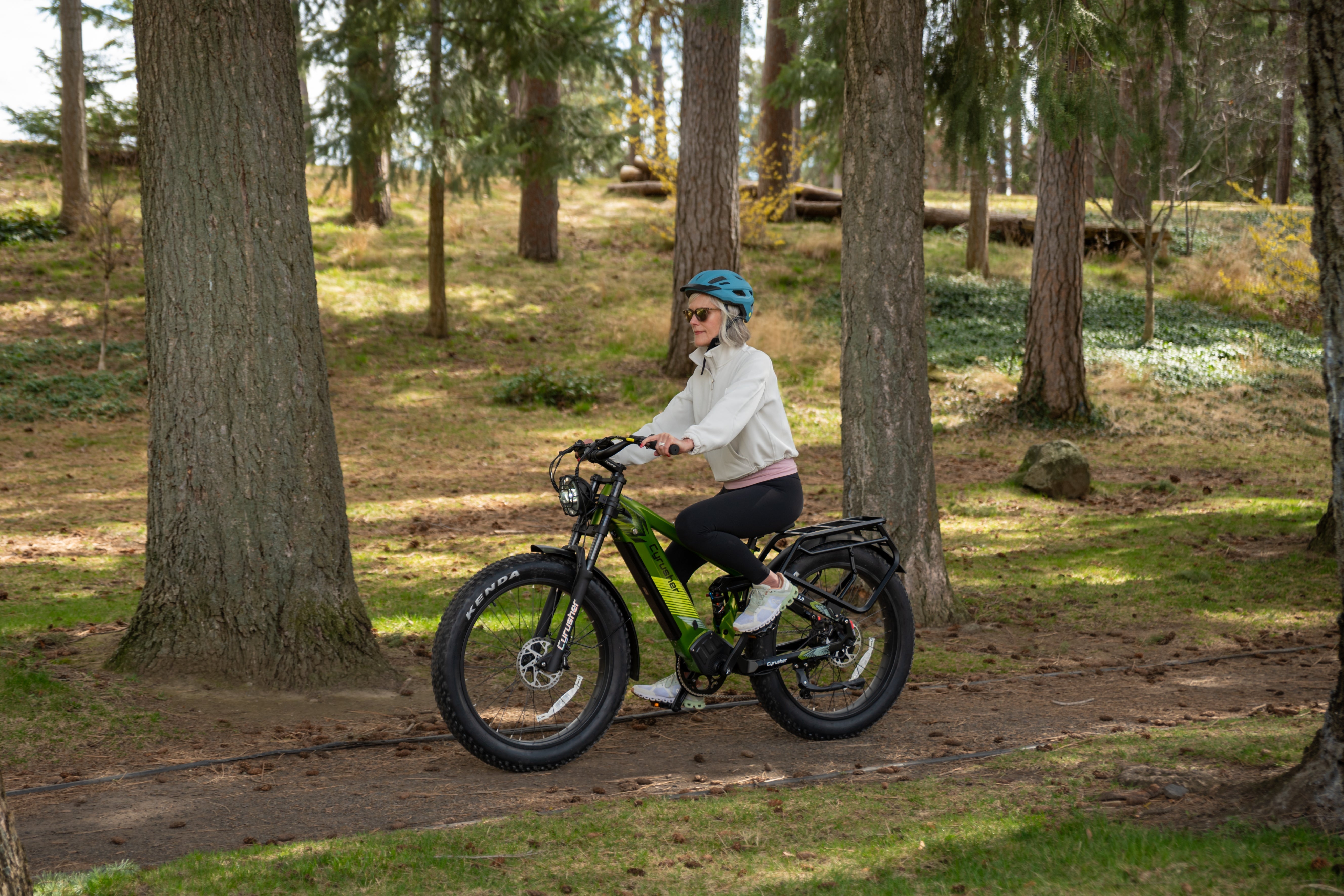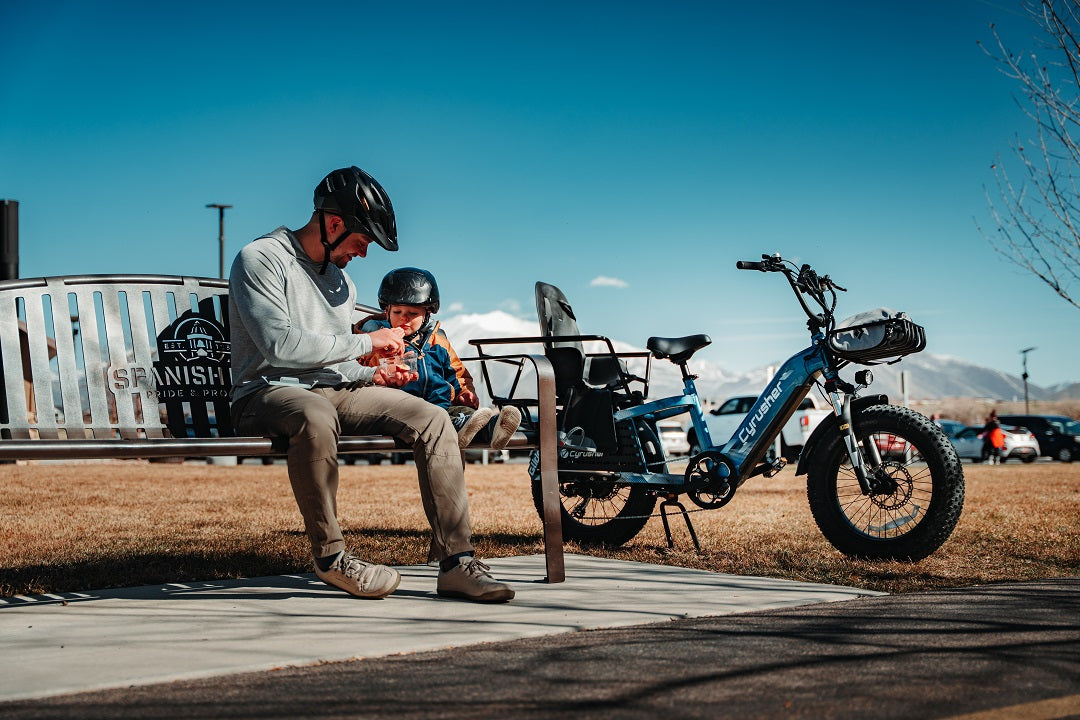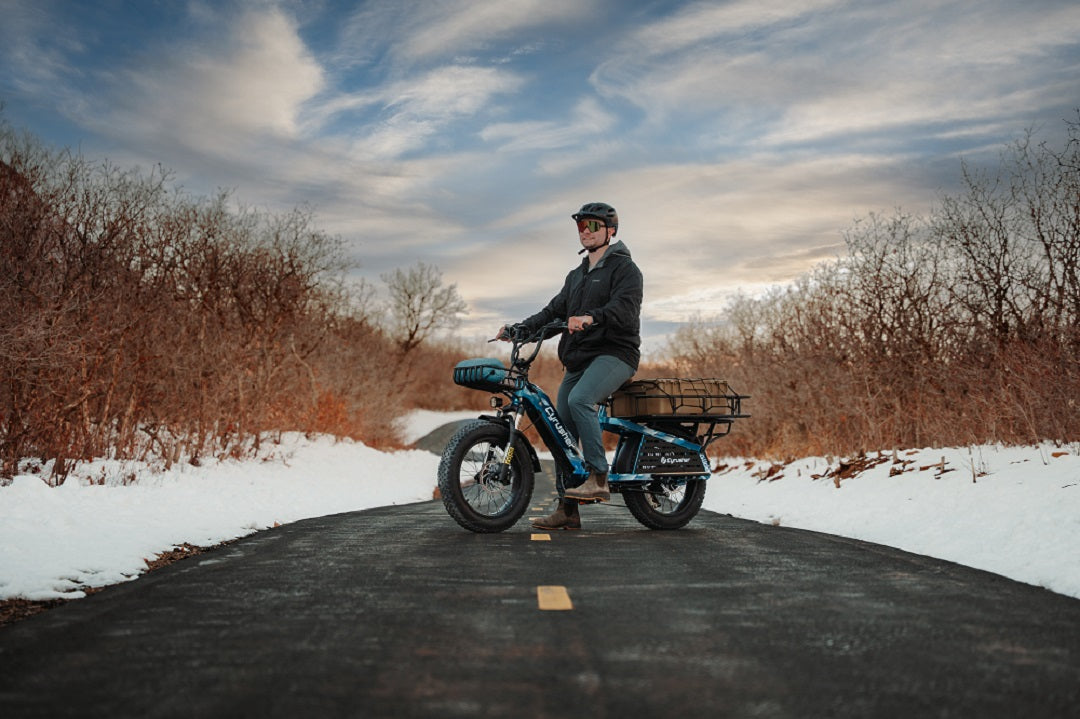The Basics of Electric Bike PSI
Except for bicycles with airless tires, almost all bicycle tires need to be inflated. The air inside the tire acts like a spring, effectively absorbing ground vibrations, and providing better grip and traction. The tire pressure must be considered before inflating the tire. Choosing the right PSI can make riding more comfortable. PSI is a pressure measurement in the imperial measurement system, and if it is too low or too high, it may cause discomfort and bring potential risks to riding. In terms of handling, too low PSI will cause the tires to sway from side to side when riding, making the bike difficult to control. Too high a PSI can cause violent bumps, fatigue more easily, affect your control of the bike, and even cause a puncture.

Choosing the Right Tire PSI
Generally, narrower tires, heavier rider weight, and rougher terrain require more PSI. On the other hand, wider tires, lighter riders, and smoother terrain can reduce tire pressure. It can be seen that the ideal tire pressure mainly depends on three factors:
☛ Tire width
First of all, what tire width means for PSI – wider tires have more air. This allows them to be ridden with lower pressure for more comfort and traction. Conversely, narrower tires, which are relatively small in size, require more air pressure to prevent bottoming out.
☛Rider's weight
As for the effects of weight, you don't have to be a Ph.D. in physics. Just get on the bike and watch how the tire compresses and deforms as more weight is put on it. More rider weight requires more tire pressure. For example, I weigh about 150 pounds and ride at 15PSI on my e-bike. A rider who is 20 pounds heavier should consider another 3-5 PSI of air.

☛The smoothness of the road
Tire volume and rider weight are predictable, but riding terrain is not, and it takes many trials to learn.
- If the road is slippery and sandy, you can reduce the tire pressure by about 5psi to increase the grip of the tire.
- If the road surface is bumpy, you can reduce the tire pressure by about 5psi and use the tires for a certain amount of shock absorption. (Mountain bikes can be skipped)
- If the road surface is smooth and clean, you can increase the tire pressure by 2-3psi to get better passability.
The correct tire pressure has always been one of the most controversial topics, but the minimum and maximum tire pressure ranges are printed on the sidewall of most tires. For example, the Cyrusher has an upper limit on tire pressure marked on the side of the tire: max inflate to 20 PSI 140 kPa 1.4 BAR. It is recommended not to exceed this limit, as the manufacturer specifies it for a reason. Although more than a point and it will not explode immediately, it is best not to do so.

On a more professional level, Frank Berto has developed a more comprehensive study where he charts tire pressures. This test determined that 20 percent tire compression was the sweet spot.

The table does provide a very good reference for tire pressure. The weight on the icon shows the load of a single tire. Generally, the distribution of weight between the front and rear wheels is 40% for the front wheel and 60% for the rear wheel. You can use this icon to figure out what tire pressure you should be using.
How to ensure tire pressure?
It is recommended to check the tire pressure every time you go out for a ride, and if it is not enough, make it up in time. Usually, you just need to squeeze the tire with your hand to check the tire pressure. If you are very demanding, then you need a pressure gauge, which can read tire pressure very accurately. This is especially useful for mountain bikes, where several PSI pressures can have a big impact on handling, but also for road bikes, so you can find the right tire pressure for you.
The perfect riding experience starts with the correct pump and PSI to make your riding more enjoyable.










Share:
12 battery tips for electric bikes – part 2
Cyrusher Kommoda VS. Aventon Sinch Step-Through E-bike